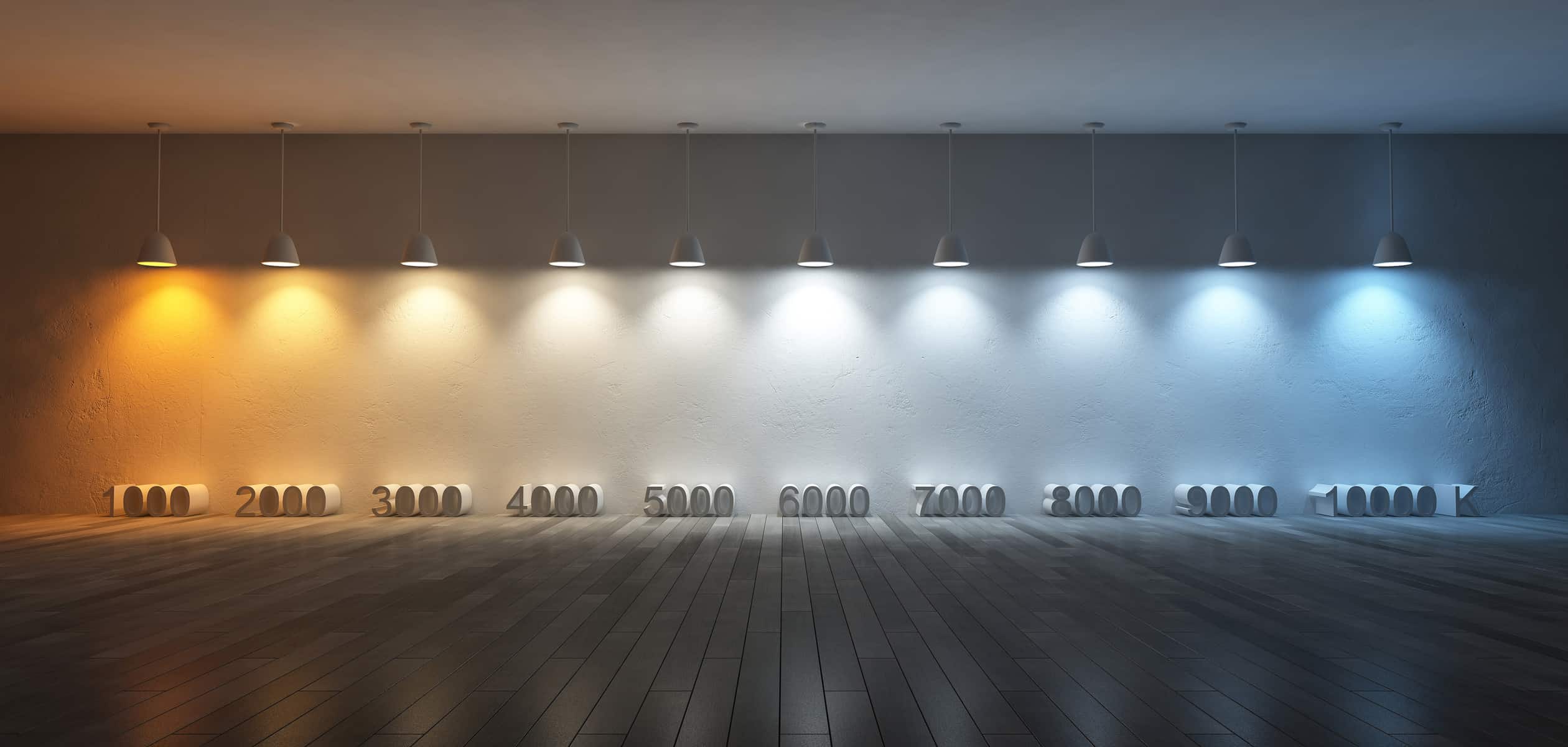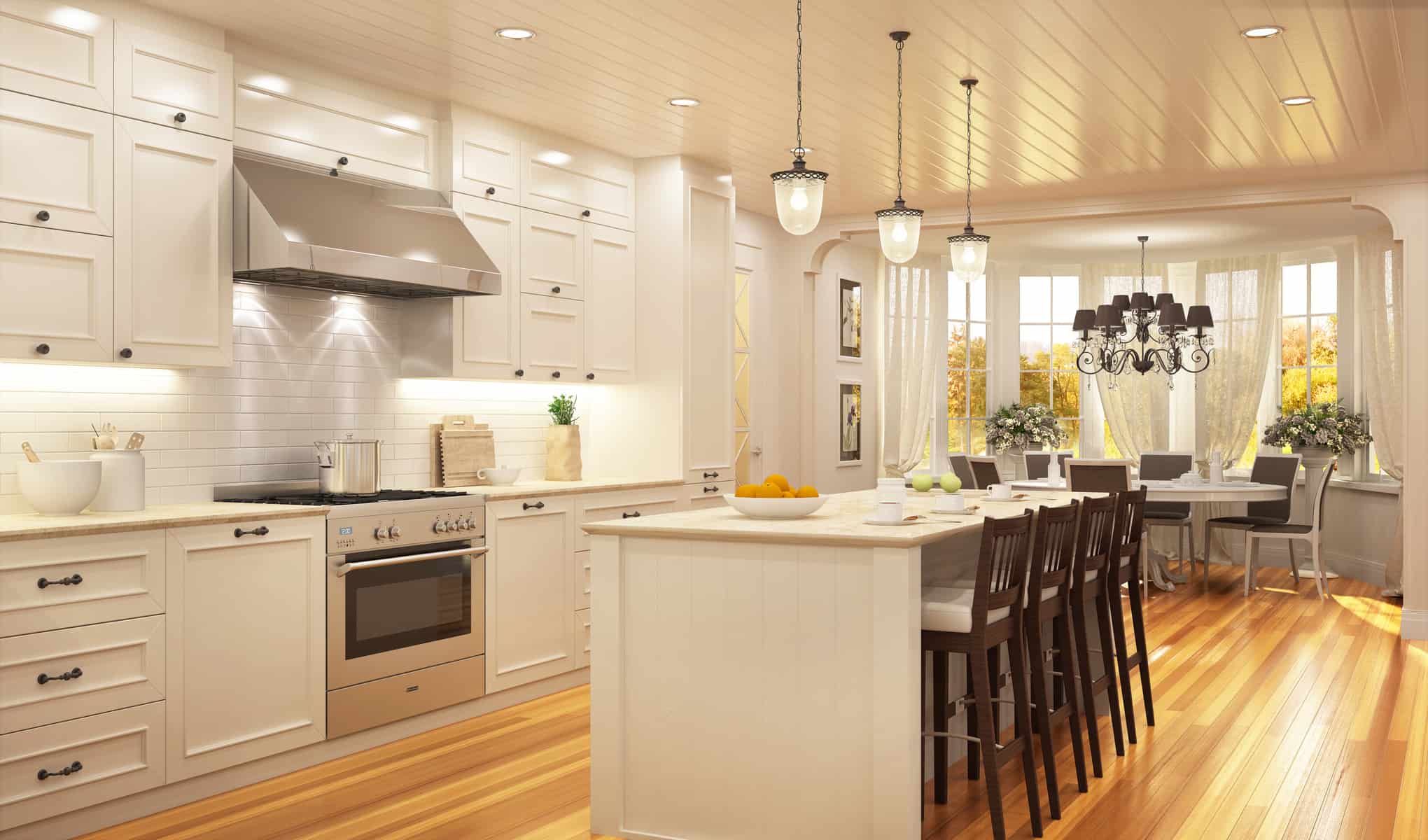Introduction
Have you ever noticed multi-colored light coming from a light fixture and wondered why part of the fixture is yellow and part is blue or white? Understanding color temperature in LED lighting is crucial, yet often overlooked. In this article, we will delve into the concept of color temperature and how it affects our lighting choices.

Choosing the Correct Kelvin Color Temperature
So, how do you choose the correct Kelvin color temperature for your lighting needs? The answer depends on the purpose of the space. For household lighting, common temperatures range from 2700K to 3500K. A table lamp is typically around 3000K, while areas like kitchens, laundry rooms, and hobby rooms often require a higher color temperature, such as 4000K. In commercial and healthcare settings, the color temperature is often 4000K-5000K unless a more relaxed atmosphere is desired.
Read more: What are AA batteries?

Understanding Color Temperature
Color temperature is measured in Kelvin, with higher values indicating whiter light. Different lighting technologies provide different color temperatures. Incandescent lighting offers a warmer light, fluorescent lighting offers a range from warm to cool color temperatures, while LED lighting can provide the full spectrum.

Here is a simplified scale of color temperature:
- A color less than 2000K emits a dim glow similar to candlelight.
- 2000K-3000K produces a soft, often yellow light, suitable for casual atmospheres and exterior lighting.
- 4000K-5000K provides a fair amount of white light, making it ideal for workspaces and task lighting.
- 5000K-6000K is a very bright, almost blue light similar to daylight.
- Color temperatures beyond 5000K are uncommon unless in display areas or work environments requiring intense illumination.

Advanced LED products, such as tunable lighting, offer the ability to automate lighting to match our circadian rhythm. This concept has been supported in studies in healthcare, education, and manufacturing facilities, as it promotes better health and productivity.
Read more: What is IP68?
Frequently Asked Questions
Q: Why is color temperature important in lighting?
A: Color temperature sets the tone for a space and affects the ambiance and mood. It is crucial to choose the right color temperature to create the desired atmosphere.
Q: How does color temperature differ for different lighting technologies?
A: Incandescent lighting offers a warmer light, fluorescent lighting has a range of warm to cool color temperatures, and LED lighting can provide the full spectrum of color temperatures.
Read more: What are Volts, Amperage, Watts, Ohms? Our Guide To Watts, Volts, Amps and Ohm
Q: What color temperature is suitable for household lighting?
A: The ideal color temperature for household lighting is typically between 2700K and 3500K. However, specific areas may require higher color temperatures, such as kitchens and workspaces.
Q: Can color temperature affect our health and productivity?
A: Yes, studies have shown that lighting that mimics the natural daylight cycle improves health and productivity, particularly in healthcare, education, and manufacturing facilities.
If you need more information on lighting temperature and which Kelvin color temperature to use for your next lighting project, consult one of our experts, and we will guide you through the details.

